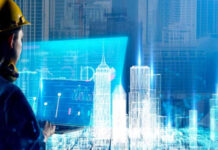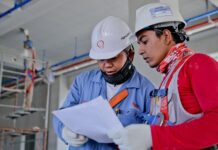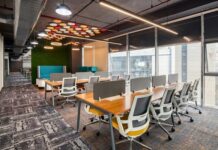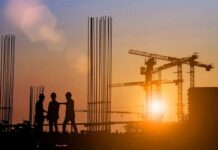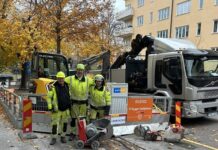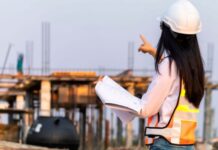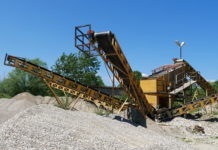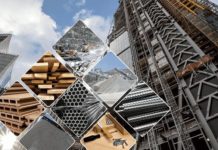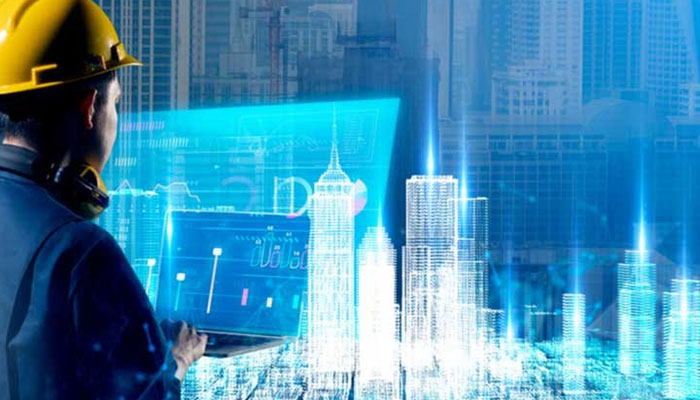The first generation of AI, which is ANI, or narrow AI, happens to be everywhere, from the car’s braking system to the airplane’s navigation along with the autopilot. Our emails, phones, music players, Instagram, TikTok, and image editors all happen to run on AI.
They gauge, predict, customize, and even target consumers, be it the search engines, translating tools, Siri, GPT, Alexa, Netflix, GPS, traveling sites, accessing loans, or your credit card fraud detection system. AI happens to be everywhere.
These tools have already gone on to transform the way we live our lives and how we interact with the world as well as with each other. Just remember the world 30 years ago? It happened to be a world without the internet, with no email, social media, ubiquitous photography, Uber, leave alone the electric scooters.
Picture this now, but 30 years into the future, and then go ahead and multiply it by three, four, or even five. The law of accelerating returns, which has been proposed by Ray Kurzweil, goes on to suggest that in the 21st century, one will see a thousand times more development as compared to the 20th. This massive growth happens to be the key to trying to anticipate what is coming.
The next generation of AI, which is artificial general intelligence- AGI will have the capacity to understand a broad range of tasks, such as abstract thinking. It will be able to gauge and adapt as a human being.
This is going to completely transform the world that we live in, possibly in the next 20-30 years. Sam Altman, OpenAI’s CEO, anticipated that AGI could get developed in the reasonably close future; however, what does that mean for those working in the built environment?
The construction industry happens to be complex. The ways one plans, designs, builds, procures, finances, insures, and makes use of buildings happen to be dependent on each other. This has gone on to evolve in a way that one process goes on to reinforce the other, hence making it pretty challenging for disruptors to go ahead and break through.
Although the price of technology also goes on to reduce exponentially, there is a possibility that one will reach the point where the present paradigm can no longer stand. The fact is that we are already seeing this taking place with the advancement of off-site manufacturing as well as platform-based approaches in order to design and manufacture- P-DfMA.
Building design happens to already be influenced by AI. Generative AI is enabling it to use parametric models along with evidence-based design in order to test and iterate, by way of using genetic algorithms, so as to achieve the most optimal design and that too at an early stage, thereby driving up efficiency as well as driving down carbon emissions.
Intricate simulations as well as analysis go on to result in better buildings, playing with numerous variables simultaneously, and also learning from the hundreds of thousands of datapoints that happen to be generated from each project; something that humans simply cannot do.
What the future might go on to bring
Between today and 2030, one will indeed witness an explosion of generative AI in architectural as well as engineering offices. Early-stage and multi-objective optimization, which will go on to include all the architecture as well as engineering disciplines, is going to become the norm.
This will inform as well as de-risk projects right from the start and include cost analysis, code and planning compliance, as well as carbon emissions reduction. A paradigm shift happens to be coming.
In the 2030s, as the role of AI goes on to extend into materials science, it will aid in accelerating the discovery and application of new materials so as to improve building performance, durability, and sustainability. The truth is that one will also start to witness automated construction sites.
By almost 2040, AI will have kind of transformed the engineering as well as architecture professions in ways that happen to be hard to predict. Most processes will be kind of automated as well as optimized.
Designers will make use of AI in every aspect of their jobs, and it is going to be a tool that enhances perception, intuition, and creativity. The boundary between the disciplines will most likely disappear. Design firms are going to be holistic and end-to-end. Planning, cost, and compliance will be completely automated and may even be autonomous.
The fact is that the construction sites will also see a change. Following Mustafa Suleyman’s prediction when it comes to robots with human dexterity as well as being programmable in plain English, and that too at the price of a microwave, one can expect them to be rolled-out to many, but specifically high-risk activities. This will shift the perception of risk and constructability, thereby effecting construction programs as well as costs.
In the 2050s and probably beyond, due to the arrival of general AI, one will see everything change yet again. The jobs that one thought could only be done by humans are going to quickly be replaced by programs.
If we then go on to extrapolate this to bioengineering as well as robotics, from bio-genetic carbon sequestering materials to the micro- and nanotechnology that goes on to self-build, the possibilities go on to escape imagination.
Is anyone’s job at risk?
What happens to be a reality is that the development of AI, as well as its immersion in every aspect of life as well as work, will initially elevate what one does. This is called augmented intelligence, which happens to be a combination of human experience as well as narrow AI. But the point is that this is only the beginning.
As systems and processes become much smarter, what one currently sees as risks or limitations is likely going to disappear. This will lead to a transformation in how buildings are designed, built, procured, and even insured.
And this is when the roles of the engineer, project manager, and architect, as well as others, will have to change. And, if they do not adapt, jobs will be at risk.
Apparently, most of the current jobs will see a change in the next 5 to 10 years. Anything that one at present does on a screen can, probably eventually be automated.
So, the point is that one needs to learn, grow, and adapt so as to stay relevant. There is an investment needed in innovation that can forecast such disruption.




